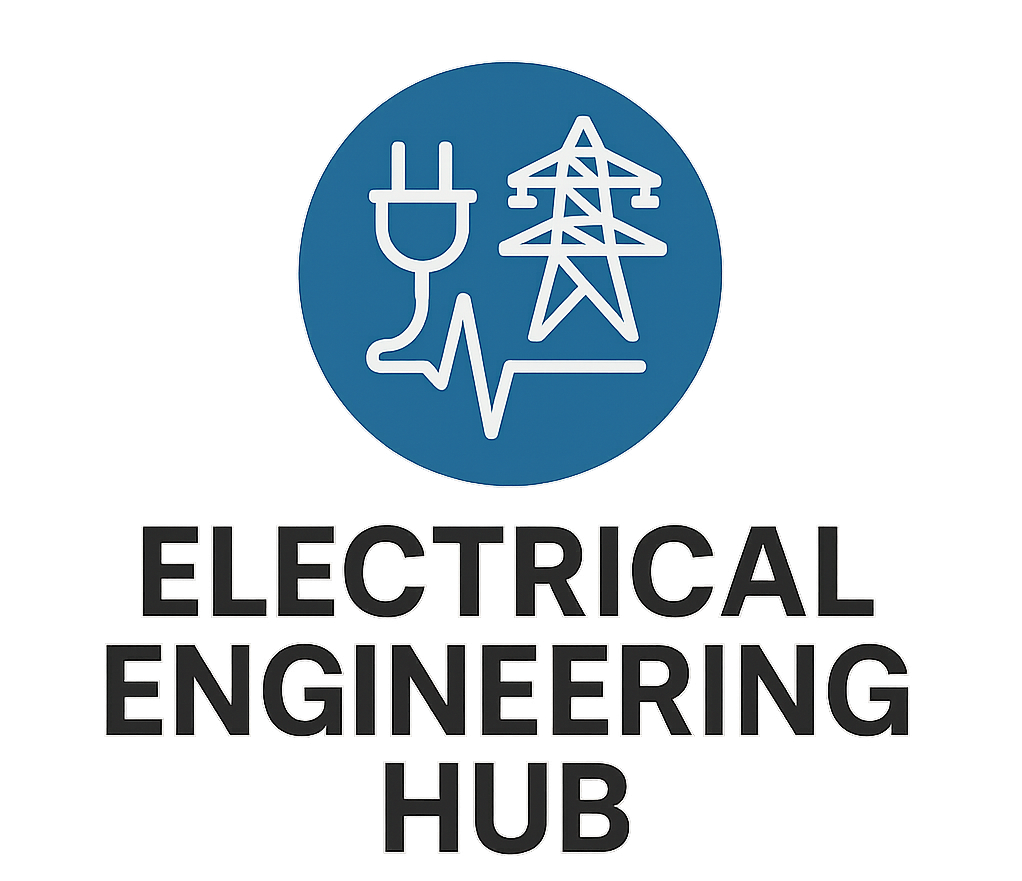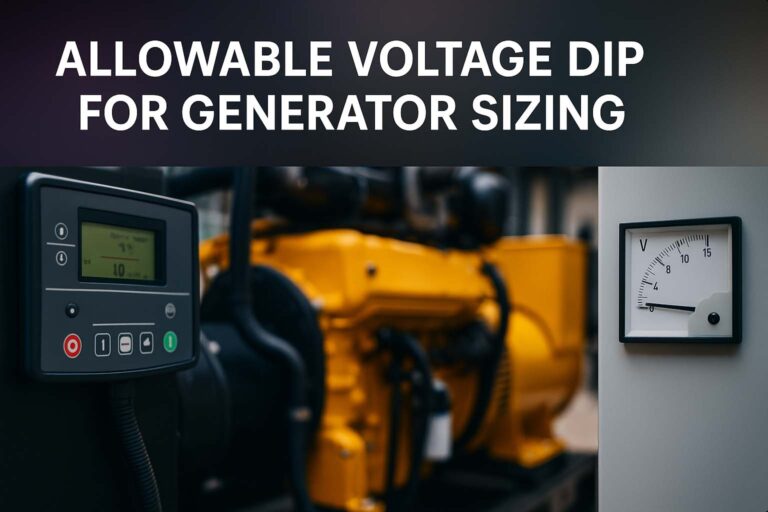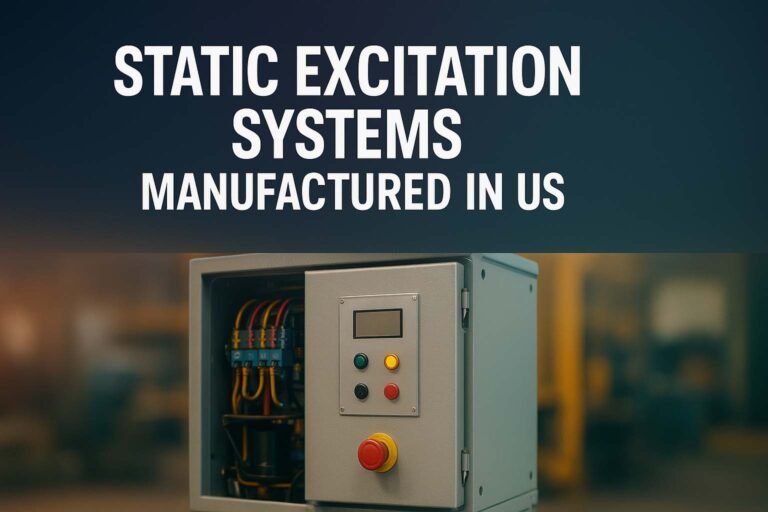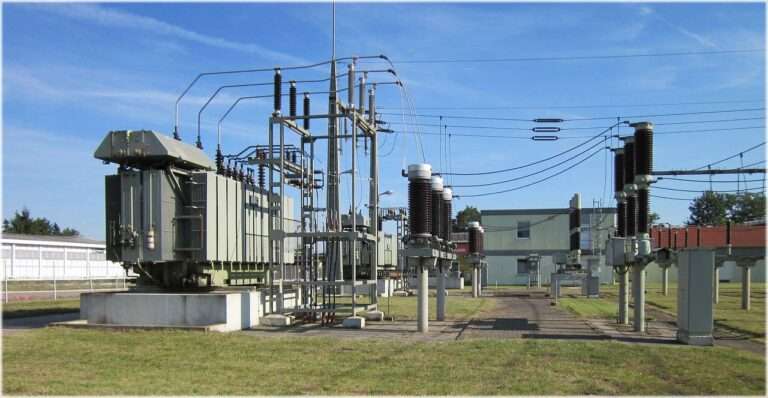Protection Schemes for Alternator: Complete Guide
Alternators play a crucial role in electrical power systems. They are the heart of power generation in thermal, hydro, and nuclear power plants. Due to their significance and high cost, it is essential to protect alternators from different types of faults and abnormal operating conditions. Protection schemes for alternator are designed specifically to detect these faults early and disconnect the machine from the system before any damage occurs.
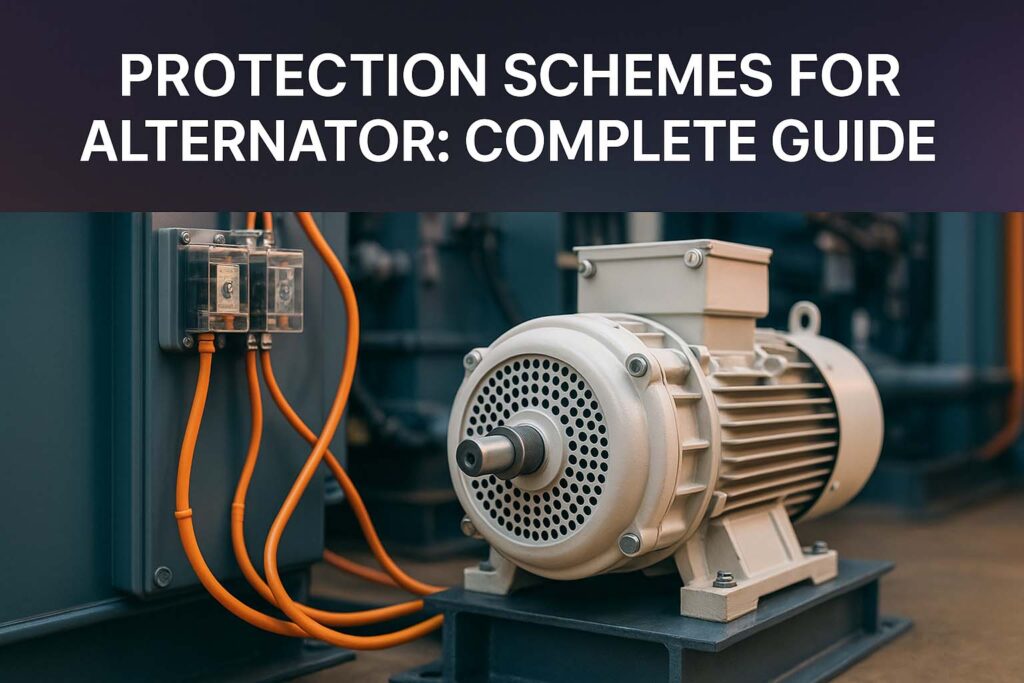
In this article, we will discuss the four major protection schemes for alternator, their working principles, technical insights, and applications in detail. The goal is to help electrical engineers, students, and power system professionals understand these schemes thoroughly.
Why Are Protection Schemes for Alternator Important?
Alternators are exposed to a variety of faults. These include short circuits, overcurrent, overheating, unbalanced loading, and external disturbances. If not detected and isolated immediately, these faults can damage the alternator windings, bearings, insulation, and other components. This could lead to expensive repairs, long outages, and unsafe operating conditions.
That’s why protection schemes for alternator are critical. These schemes use a combination of relays, sensors, and breakers to identify faults and trigger protective actions.
Know more about Types of Faults in Transmission Lines
Now let’s explore the four essential protection schemes that are widely used for alternator protection.
1. Differential Protection Scheme
The differential protection scheme is the most commonly used method for internal fault protection of alternators. It protects the stator winding against phase-to-phase and phase-to-ground faults.
Working Principle
This scheme operates on the principle of comparing the current entering and leaving the stator windings. Under normal conditions, the incoming and outgoing currents are equal. However, during an internal fault, a difference is detected.
A current differential relay monitors this mismatch. If the difference exceeds a pre-set value, the relay operates and trips the alternator breaker.
Key Components
- Current transformers (CTs) at both ends of the stator winding
- Differential relay
- Trip circuit connected to circuit breaker
Benefits
- Fast and selective operation
- High sensitivity to internal faults
- Provides localized protection
Limitation
- Cannot detect faults outside the protected zone
| Parameter | Description |
|---|---|
| Protection Area | Stator winding (internal faults) |
| Detection Time | Less than 100 milliseconds |
| Sensitivity | High |
| Relay Type | Current differential relay |
Know more about What are the Different Types of Faults in a Power System?
2. Overcurrent and Earth Fault Protection Scheme
This is a basic protection scheme and acts as a backup to the differential protection. It detects excessive current caused by external faults, short circuits, or overloads.
Working Principle
Overcurrent protection uses inverse time overcurrent relays that trip when current exceeds a set threshold for a specific time. Earth fault protection detects leakage current due to insulation breakdown or grounding faults.
This scheme typically protects the external circuit and the alternator under overload or sustained abnormal loading conditions.
Key Features
- Protects against phase faults and earth faults
- Uses CTs to monitor current
- Time delay to coordinate with other relays
Types of Overcurrent Relays
- Instantaneous Overcurrent Relay
- Definite Time Overcurrent Relay
- Inverse Time Overcurrent Relay
| Protection Type | Typical Setting | Relay Type |
|---|---|---|
| Overcurrent | 120–150% of rated current | Inverse time |
| Earth fault | 10–30% of rated current | Sensitive earth fault relay |
Application Note
While not as selective as differential protection, it adds robustness to the alternator protection system, especially in radial or mesh networks.
Know more about Types of Alternator Protection
3. Rotor Earth Fault Protection Scheme
The rotor winding is also subject to faults, especially earth faults. Since the rotor is supplied through slip rings or brushes, insulation failure can lead to severe damage.
Working Principle
The rotor earth fault protection scheme detects ground faults in the rotor by applying a low DC voltage to the rotor circuit through resistors. Any leakage current to the ground is monitored.
A sensitive relay detects this small leakage current and indicates an earth fault. The scheme may be designed for either single earth fault detection or double earth fault protection.
Technical Insight
- A single rotor earth fault does not immediately harm the rotor. However, it reduces the insulation strength, and a second fault can cause severe damage.
- Therefore, early detection is critical.
Implementation
- Uses a voltage divider and relay circuit connected to rotor winding
- Continuous monitoring required
- Trip signal initiated on confirmed ground fault
| Feature | Detail |
|---|---|
| Monitoring | Rotor circuit |
| Fault Type | Earth fault |
| Action | Alarm or trip |
| Sensitivity | High (detects small leakage currents) |
4. Negative Phase Sequence (NPS) Protection Scheme
This protection scheme targets unbalanced loading and negative phase sequence currents, which can severely damage the rotor.
What is Negative Phase Sequence?
Under normal balanced three-phase conditions, the currents are symmetrical and phase-shifted by 120 degrees. However, when unbalanced loads occur, they create negative sequence components.
These components induce double frequency currents in the rotor, leading to localized overheating.
Know more about Differential Protection of Alternator
Working Principle
A Negative Phase Sequence Relay measures the NPS component of the stator current. When this component exceeds a permissible value for a specific time, the relay operates.
Relay Settings
The relay is configured based on:
- Percentage of NPS current (typically 10–15% of rated current)
- Time delay (2–10 seconds) to prevent false tripping
Key Advantages
- Protects rotor from thermal damage
- Critical for systems with variable and unbalanced loads
| Parameter | Value |
|---|---|
| Relay Setting | 10% IN (NPS current) |
| Operating Time | 2–10 seconds |
| Monitored Quantity | Negative phase sequence current |
Other Protection Considerations
While the above four schemes form the core protection mechanisms, alternators are also safeguarded by the following protections depending on the system design:
- Overvoltage Protection
- Underfrequency and Overfrequency Protection
- Bearing Temperature Protection
- Loss of Excitation Protection
- Out-of-Step Protection
These are often added in large alternator systems where operational reliability is critical.
Know more about CT Polarity for Differential Protection
Choosing the Right Protection Scheme
The selection of protection schemes for alternator depends on several factors:
- Alternator capacity
- Type of prime mover (e.g., steam turbine, hydro turbine)
- Type of grounding system
- Network configuration
- Operational environment (islanding, grid-connected, etc.)
In power plants, a combination of schemes is often used to ensure total protection. For example, a generator may use differential protection for stator faults, rotor earth fault protection, overcurrent relays for backup, and NPS relays for unbalanced load detection.
Conclusion
Protection schemes for alternator are essential for reliable and safe power system operation. Each scheme is designed to detect specific types of faults and respond quickly to prevent damage.
The four main protection schemes — differential protection, overcurrent and earth fault protection, rotor earth fault protection, and negative phase sequence protection — provide comprehensive coverage for the alternator. When implemented correctly, these schemes significantly increase system reliability and reduce downtime.
Understanding and applying these protection methods ensures the longevity and efficiency of alternators in power generation facilities. Every engineer involved in generator systems must be familiar with these schemes and their practical application in the field.
Follow Us on Social:
Subscribe our Newsletter on Electrical Insights for latest updates from Electrical Engineering Hub
#AlternatorProtection, #ProtectionSchemes, #ElectricalProtection, #PowerSystemProtection, #GeneratorProtection, #ElectricalEngineering, #AlternatorSafety, #OvercurrentProtection, #DifferentialProtection, #UnderVoltageProtection, #PowerGeneration, #EngineeringGuide, #EnergySystems, #RelayProtection, #ElectricalSafety
